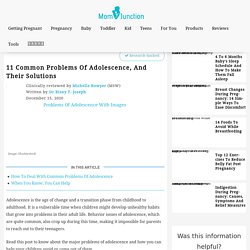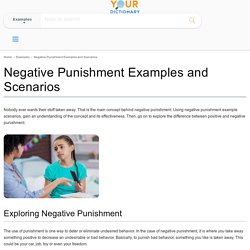

"Shaping is the process used to train behaviour with a low probability of occurring spontaneously".
This theory can be applied in a plethora of fields. In this case, we will explore what reinforcement and punishment are to parents and how they can use these to influence the behaviour of their teenage children.
The resource centre is organised like so:
1. The first part will be elaborating on the theory of operant conditioning
2. The second part will be elaborating more on punishment and reinforcement on teenagers
The notes highlighted in blue are summary and explanation on its relevance to the topic.
Operant Conditioning by Staddon and Cerrutti.
This article explains operant conditioning procedures comprehensively. – dioriviemae
Skinner’s Operant Conditioning: Rewards & Punishments.
This is an introduction to the theory of operant conditioning in layman's terms. – dioriviemae
Summary on operant conditioning.
This note shows the summary of all the resources in this section which shows what operant conditioning is. – dioriviemae
Punishment by Solomon 1964.
The article dives on the punishment theory and sample experiments to apply the theory. – dioriviemae
Operant Conditioning - Punishment. Summary on punishment. Effects of reinforcement schedules.
The article explores on the effects of the reinforcement schedules on pigeon's pecking response. – dioriviemae
Operant Conditioning Schedule of Reinforcement Explained!
The video explains the schedules of reinforcement – dioriviemae
The Big Bang Theory - Sheldon Trains Penny.
The video shows that Sheldon is using positive reinforcement to Penny. The video shows that Sheldon is using fixed interval schedule to train Penny in Big Bng Theory. – dioriviemae
Summary on reinforcement. Positive & Negative Reinforcement/Punishment in the Classroom.
This picture shows the punishment vs reinforcement in the classroom. – dioriviemae
Eriksons Stages of Psychosocial Development - StatPearls - NCBI Bookshelf.
The book highlights Eriksons Stages of Psychosocial Development. – dioriviemae
11 Common Problems Of Adolescence, And Their Solutions. Adolescence is the age of change and a transition phase from childhood to adulthood.

It is a vulnerable time when children might develop unhealthy habits that grow into problems in their adult life. Behavior issues of adolescence, which are quite common, also crop up during this time, making it impossible for parents to reach out to their teenagers. Positive Punishment.
The video shows how positive punishment is applied to teenagers. – dioriviemae
Positive Punishment: What It Is, Benefits, and Examples.
This article highlights that positive punishment adds an undesirable consequence following an unwanted behavior. If you make your teen clean the garage because they blew curfew, that’s positive punishment. – dioriviemae
The video shows how negative punishment is applied to teenagers. – dioriviemae
Negative Punishment Examples and Scenarios. Nobody ever wants their stuff taken away.
In this instance, the teen’s parents are taking away her speaker (something she values and enjoys) as punishment for missing curfew. By taking away her speaker, they hope that the teen will not miss curfew again. – dioriviemae
That is the main concept behind negative punishment.

Using negative punishment example scenarios, gain an understanding of the concept and its effectiveness. Then, go on to explore the difference between positive and negative punishment. Exploring Negative Punishment The use of punishment is one way to deter or eliminate undesired behavior. Article Parenting And Children. Positive Reinforcement.
The video shows how positive reinforcement is applied to teenagers. – dioriviemae
The value of reinforcing positive behaviour for our teens. As children approach adolescence, they sometimes begin testing limits, bending the rules and otherwise going against the grain.
This article states that to encourage teens to help out around the house, it's likely more effective for a parent to say, "If you finish your chores, you can spend more time with your friends this weekend." which is a positive reinforcement. – dioriviemae
While this is normal behaviour for teens, it can be incredibly trying for you, as a parent.

Teenagers may also be dealing with the stresses that come with trying to fit in with their peers and assert their growing independence. Negative Reinforcement.
The video shows how negative reinforcement is applied to teenagers. – dioriviemae
12 Examples of Positive Punishment & Negative Reinforcement. You might be thinking that “positive punishment” sounds like an oxymoron, after all, how can punishment be positive?
This article states that by removing the curfew when a teenager has proven she is responsible and practices common sense is negative reinforcement. – dioriviemae
Not many people “like” punishment, right?

The disconnect in understanding this concept comes from the usage of the word “positive;” here at PositivePsychology.com, we generally use the term “positive” to refer to things that are inherently good, things that are life-giving, and things that promote thriving and flourishing. The concept of positive punishment comes from a very different era and a very different perspective on psychology; namely, the 1930s and behaviorism. So, what actually is positive punishment and how does it relate to parenting, teaching, and even the workplace?